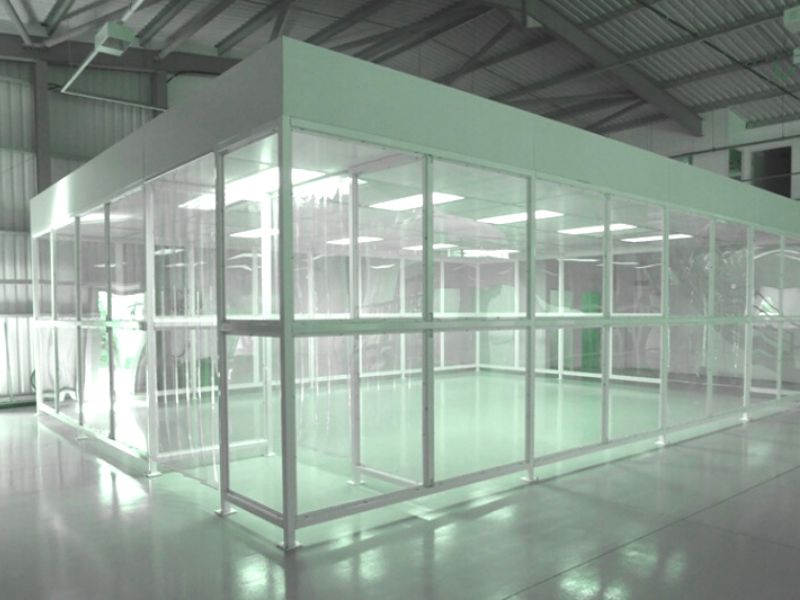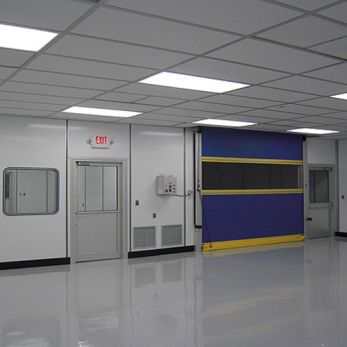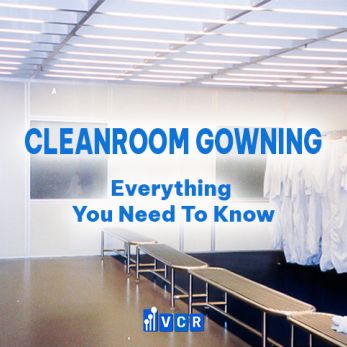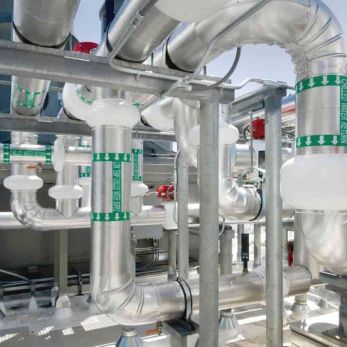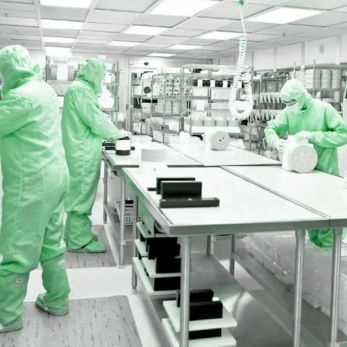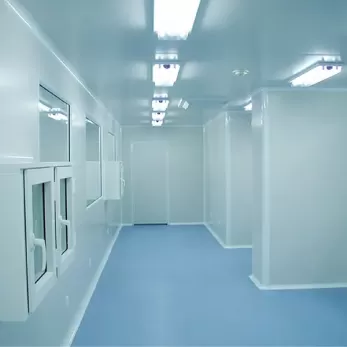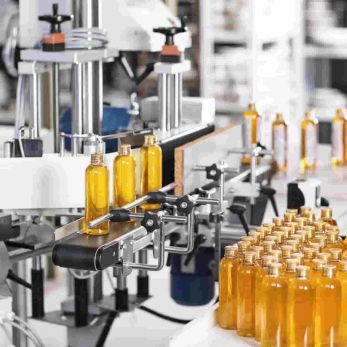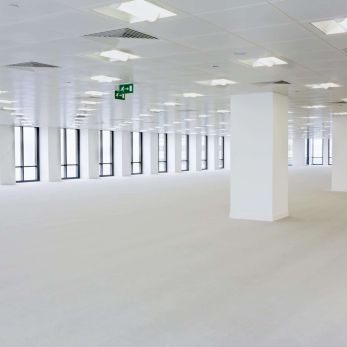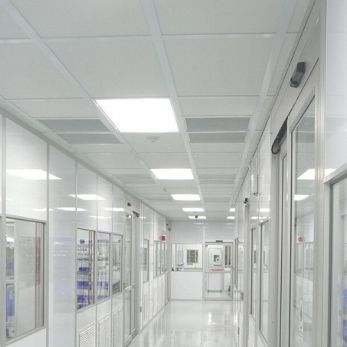What is modular cleanroom?
Modular cleanrooms have become increasingly popular in industries that require controlled environments for their operations. But what exactly is a modular cleanroom?
- What is a modular cleanroom?
- Modular cleanroom application
- The benefits of modular cleanroom
- How modular cleanrooms are constructed?
- Which materials and components are used to build modular cleanroom?
- The advantages of modular design and construction for cleanrooms
- How much does a modular cleanroom cost?
Modular cleanrooms have become increasingly popular in industries that require controlled environments for their operations. But what exactly is a modular cleanroom? In this post, we will provide a comprehensive overview of modular cleanrooms. So if you want to learn more about modular cleanrooms, keep reading!
What is a modular cleanroom?
- A modular cleanroom is a type of controlled environment that is built with prefabricated components. These components can include wall and ceiling panels, pass box, and airlocks.
- Modular cleanrooms can be standalone structures or they can incorporate into an existing factory or facility. Additionally, modular cleanrooms can include existing equipment and HVAC systems.
- While traditional cleanrooms are built using a permanent construction process, modular cleanrooms can be easily installed, relocated, and reconfigured.
- The modular cleanroom is an ideal solution for industries that require a cleanroom but need the flexibility to modify cleanrooms as their needs change.
Modular cleanroom application
The modular design of a cleanroom makes it possible to create cleanrooms of different sizes and configurations.
This makes them ideal for a variety of applications, including research and development, pharmaceutical and biotechnology manufacturing, and electronics and semiconductor production.
The benefits of modular cleanroom
One of the key benefits of modular cleanrooms is that they can be designed to meet specific cleanliness requirements, making them ideal for use in industries such as pharmaceuticals, biotechnology, electronics, and aerospace, where strict environmental control is critical.
Additionally, modular cleanrooms can be designed to be compliant with international cleanroom standards, such as ISO 14644 and Federal Standard 209E.
Modular cleanrooms are also cost-effective compared to traditional stick-built cleanrooms, as they can be constructed quickly, reducing labor costs and downtime.
The use of prefabricated components can simplify the construction process, reduce the need for skilled labor, and increase the overall efficiency of the cleanroom design and construction process.
How modular cleanrooms are constructed?
Modular cleanrooms are constructed using a unique design and construction process that allows for quick and efficient assembly.
This process involves pre-fabricating the cleanroom components, such as walls, ceiling panels, and flooring, in a controlled manufacturing environment.
The modular components are then transported to the site and assembled on-site to create the cleanroom structure.
This process eliminates the need for traditional construction methods, such as pouring concrete, hanging drywall, and installing flooring, which can be messy, time-consuming, and disruptive to the surrounding environment.
Which materials and components are used to build modular cleanroom?
Modular cleanrooms are typically constructed using a combination of materials, including aluminum frames, polycarbonate panels, and gaskets.
The aluminum frames provide the structural support for the cleanroom, while the polycarbonate panels serve as the walls and ceiling.
The gaskets are used to seal the seams between the panels and ensure a tight, contamination-free environment.
The flooring used in modular cleanrooms is typically made of antistatic materials, such as vinyl or epoxy, to prevent the buildup of static electricity, which can attract and trap particulates.
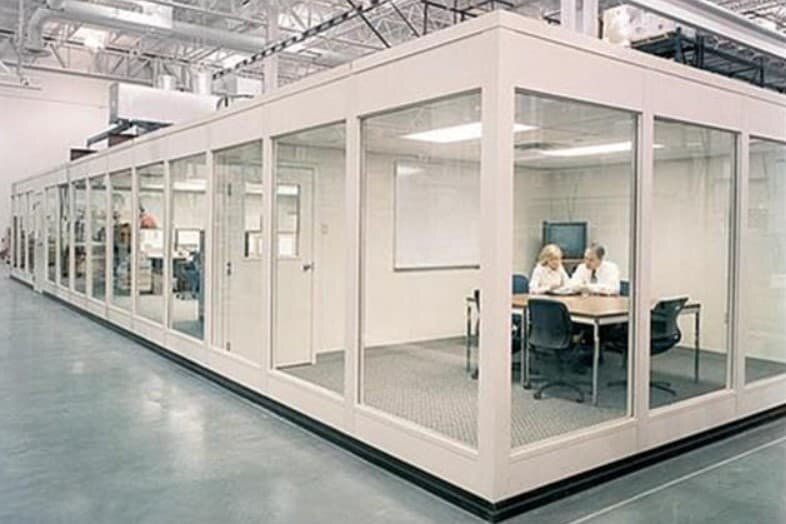
The advantages of modular design and construction for cleanrooms
Modular design offers a number of benefits for cleanrooms, including increased efficiency, flexibility, and cost-effectiveness.
The pre-fabrication process allows for quick and efficient assembly, reducing the time and cost associated with traditional construction methods.
The modular design also allows for cleanroom expansion, relocation, or reconfiguring.
Additionally, the use of high-quality materials and components in the construction of modular cleanrooms ensures a contamination-free environment that meets the stringent requirements of various applications.
How much does a modular cleanroom cost?
The cost of a modular cleanroom can vary depending on several factors, including:
- the size of the cleanroom
- the materials used in construction
- the complexity of the design
- the required classification of the cleanroom
A small modular cleanroom can cost anywhere from several thousand dollars to tens of thousands of dollars. Larger, more complex cleanrooms can cost hundreds of thousands of dollars or more.
Other factors that can impact the cost of a modular cleanroom include the location of the cleanroom, the cost of labor, and the cost of any additional features or components that are required.
It is important to note that while modular cleanrooms can be more expensive upfront, they offer many benefits that can help offset the cost over time, such as faster construction time, ease of maintenance, and versatility.
Overall, modular cleanrooms are a great option for those who need a cleanroom environment in a timely and cost-effective manner. With their flexible design, high-quality construction, and ability to maintain a stable and contaminant-free environment, modular cleanrooms are a smart choice for many industries.






